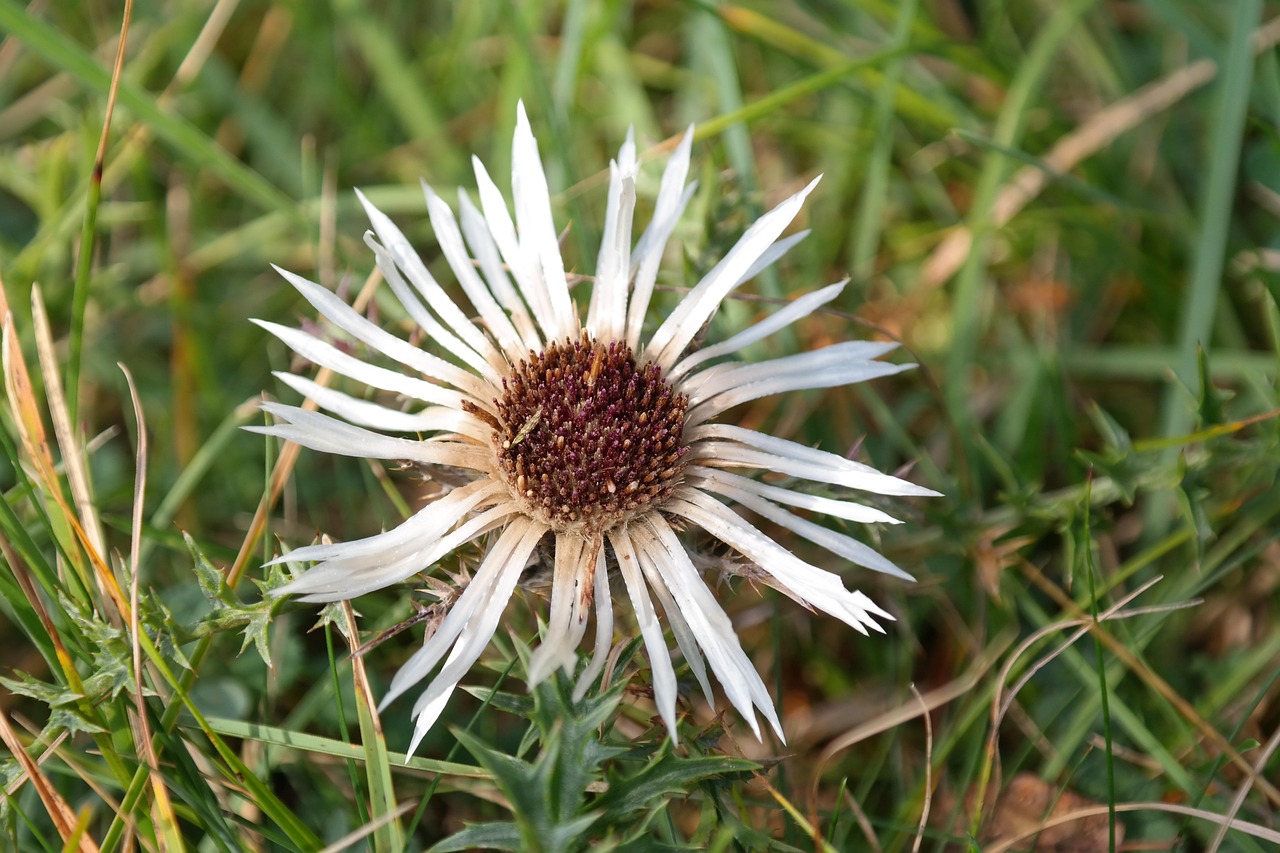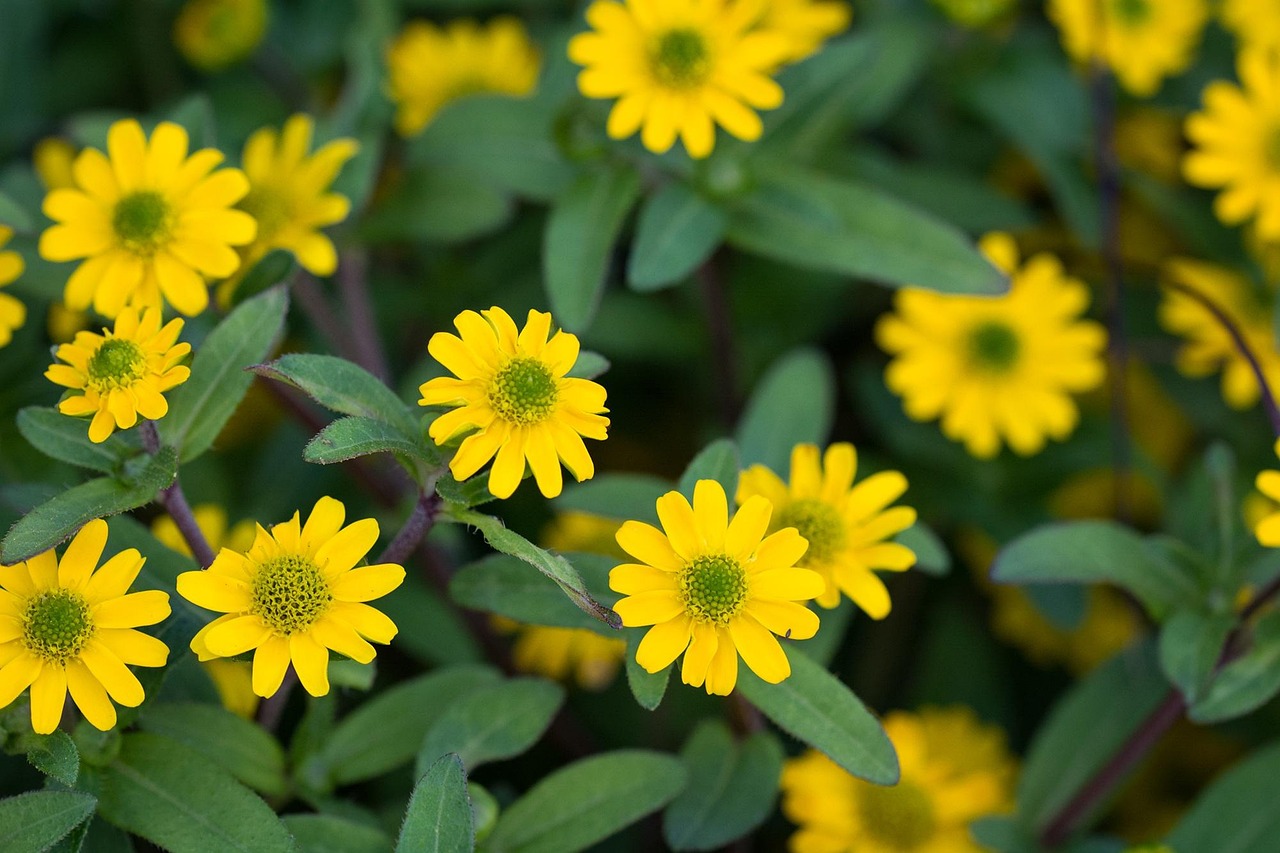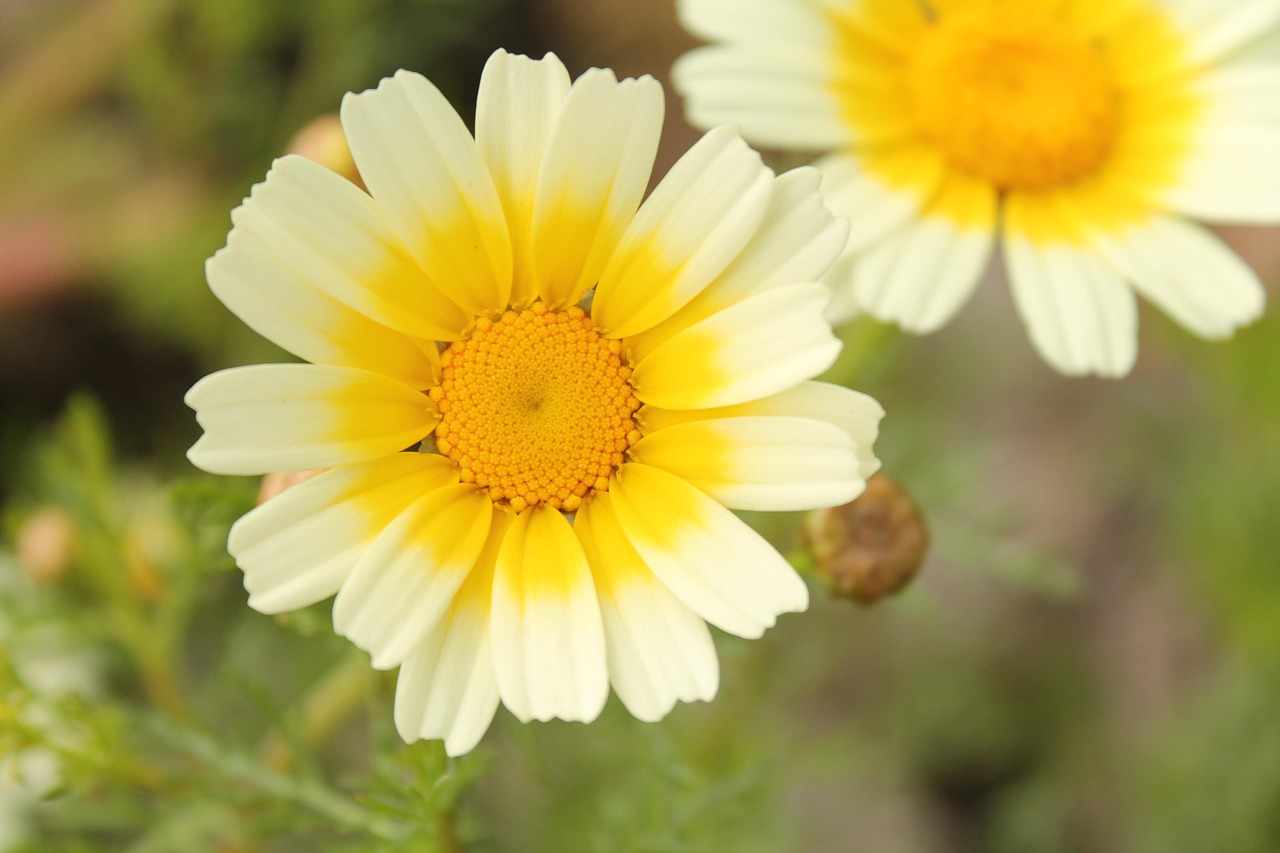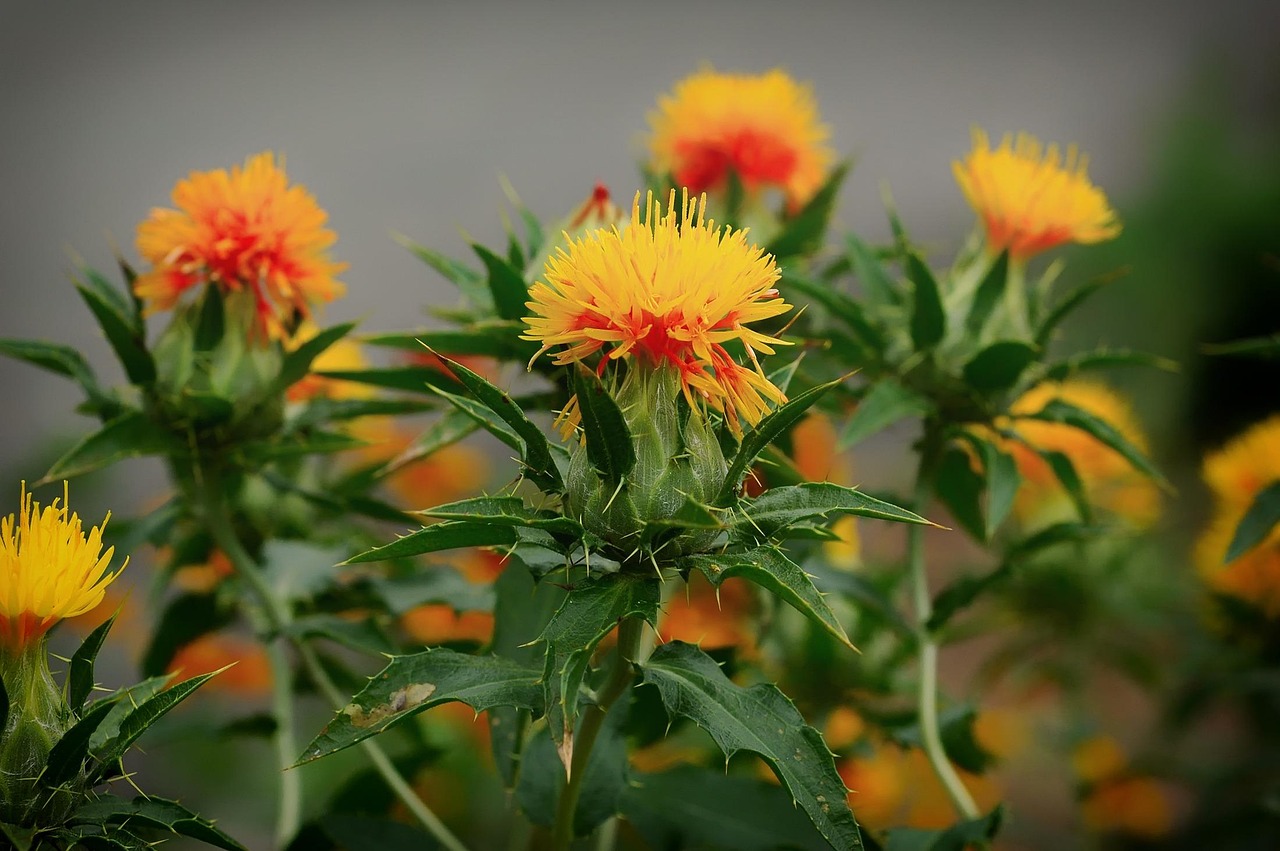Dusty Miller | A Garden of Harmony Guided by Silver Leaves
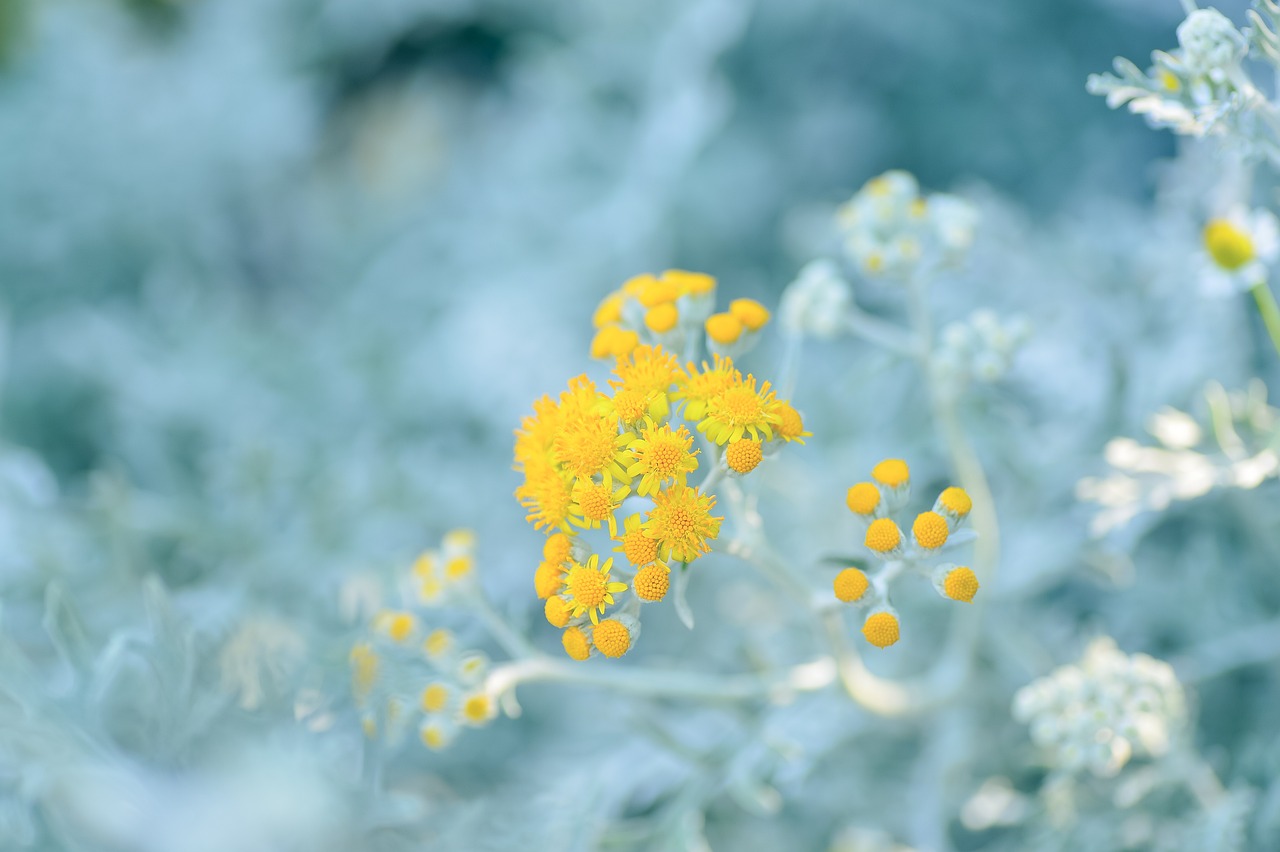
Dusty Miller is a plant characterized by its beautiful silvery-white foliage and is primarily popular as an ornamental plant. Its unique leaf color makes it an excellent accent for flower beds and pots, offering a striking contrast with other plants.
In this article, I will introduce in detail the basic information about Dusty Miller, its cultural background, and gardening tips.
Basic Information
- Scientific name: Jacobaea maritima
- Family: Asteraceae
- Origin: Mediterranean coastal regions
- Appearance:
Dusty Miller is notable for its deeply lobed silvery-white leaves. It grows to a height of about 30–60 cm. The fluffy leaves have a beautiful sheen that reflects light. While it produces small yellow flowers, its ornamental value lies mainly in the beauty of its foliage. - Blooming season:
It produces yellow flowers from summer to autumn, but it is common to prune the plant before flowering to preserve the ornamental beauty of the leaves.
Cultural Characteristics Worldwide
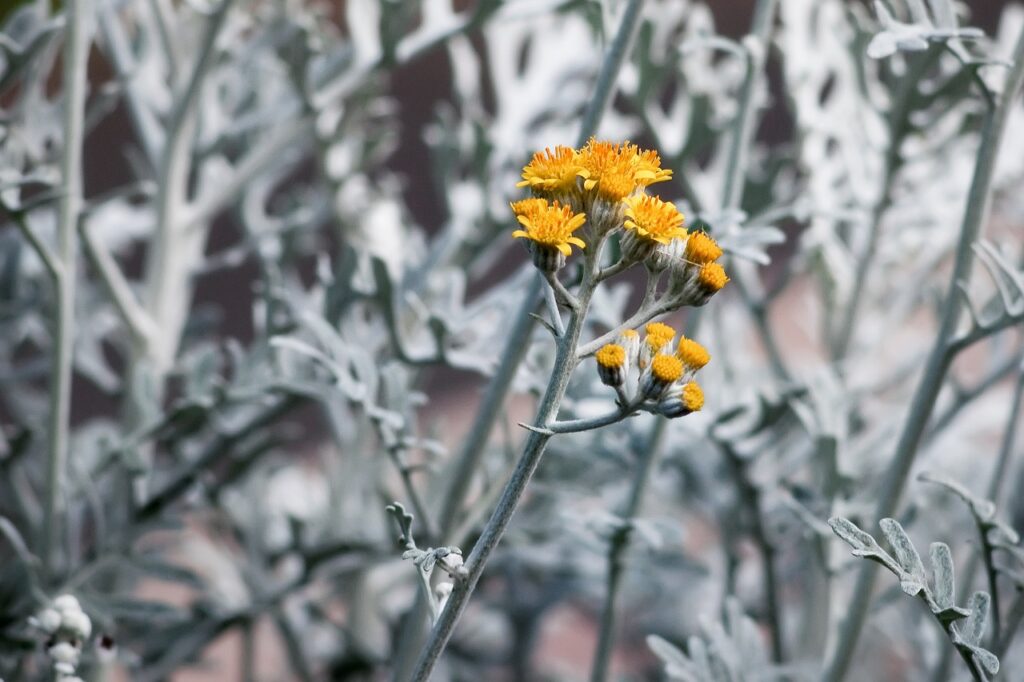
Dusty Miller is widely cherished as an ornamental plant. Thanks to its cold and drought tolerance, it thrives not only along the Mediterranean coast but also in other arid regions.
In Western gardens, Dusty Miller is often combined with colorful flowers, with its silver leaves serving to harmonize the overall design. Its silvery-white foliage symbolizes “purity” and “protection” and is often used as a background to enhance the beauty of other flowers in flower beds and pots.
In English gardens, Dusty Miller is employed as a “carpet plant,” spreading widely to create a beautiful landscape.
Historical Background
Dusty Miller has evolved from a wild plant along the Mediterranean coast into a widely cultivated ornamental species. Due to its durability and beautiful foliage, it gained popularity in Europe around the 16th century and became frequently used in aristocratic gardens.
By the 19th century, Dusty Miller had been incorporated into the Victorian garden style in England, where its silver leaves created a striking contrast with other vividly colored plants.
Gardening Advice
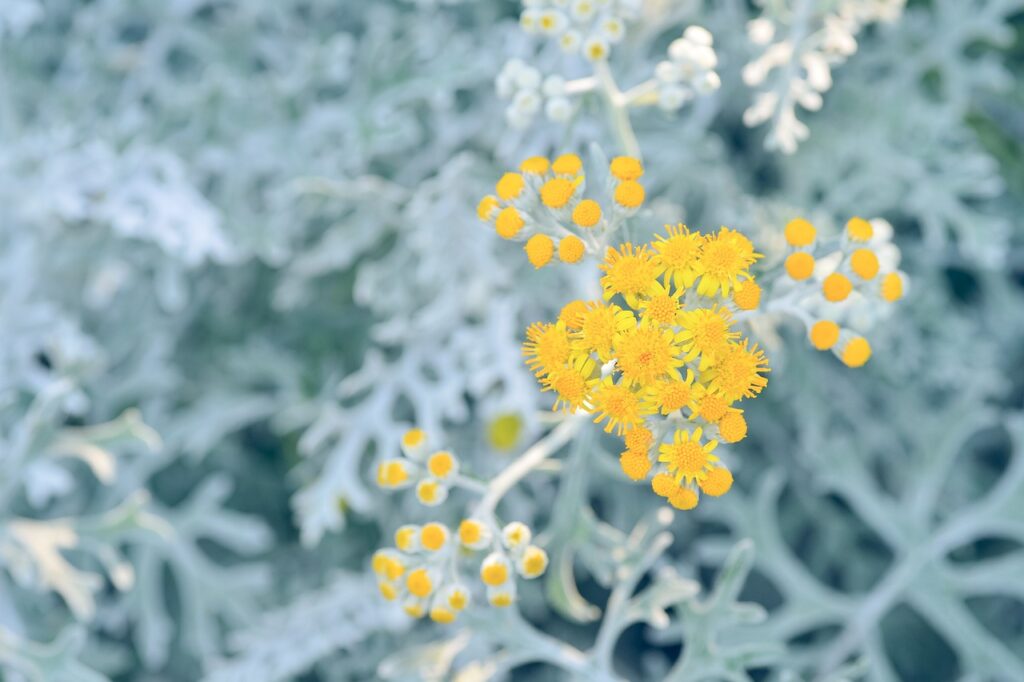
Cultivation Guide
Dusty Miller prefers sunny locations and is highly tolerant of dry conditions, making it well-suited for both gardens and pots. Good drainage is essential, and overwatering should be avoided. Because it tolerates dry conditions, watering should be kept moderate.
Pruning should be performed periodically to encourage growth and maintain shape. Since the leaves are particularly beautiful, pruning before the yellow flowers bloom helps preserve their ornamental appeal.
Environment and Growing Conditions
Dusty Miller grows well in sandy soil and dry environments. It is also highly cold-resistant, making it suitable for cultivation even in colder climates. Since its foliage remains throughout winter, it serves as an accent in the garden year-round.
Fertilization is not heavily required, but light feeding during the growing season is beneficial. After pruning, the leaves grow densely, so pruning at the right time is recommended if you wish to maintain a tidy shape.
Conclusion
Dusty Miller, with its beautiful silvery-white foliage, is an exceptionally attractive plant that enhances gardens and pots. Its tolerance of cold and drought makes it easy to grow, even for beginners, and it requires little maintenance.
I encourage you to combine it with other flowers to brighten your garden or balcony with elegance.

